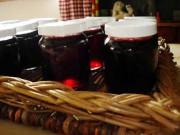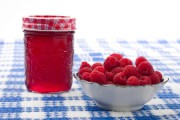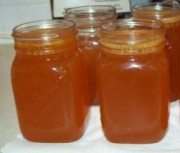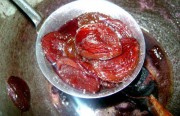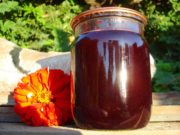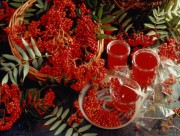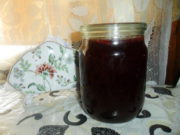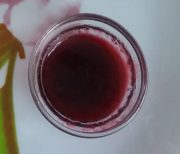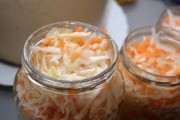Lingonberry jelly: an amazing and simple dessert for the winter
Fresh lingonberries are practically inedible. No, you can eat them, but they are so sour that it won’t bring much joy. And if you have an ulcer or gastritis, then such a tasting may end badly. But when processed, lingonberries lose excess acidity, leaving a pleasant sourness and forest aroma of fresh berries. What’s especially good is that lingonberries are not afraid of heat treatment. You can make wonderful preparations from it and delight yourself with a variety of desserts in winter.
The easiest way to make jelly from lingonberries for the winter. It is tender, aromatic, beautiful, and due to the high pectin content in the berries, gelatin can be omitted and the jelly hardens on its own.

The ratio of berries and sugar for making lingonberry jelly is the same as for making jam 1:1. That is, for 1 kg of berries, you need 1 kg of sugar.
Wash the lingonberries and place them in a saucepan with a thick bottom. Press them down a little so that the berries release their juice, or pour in a glass of water.
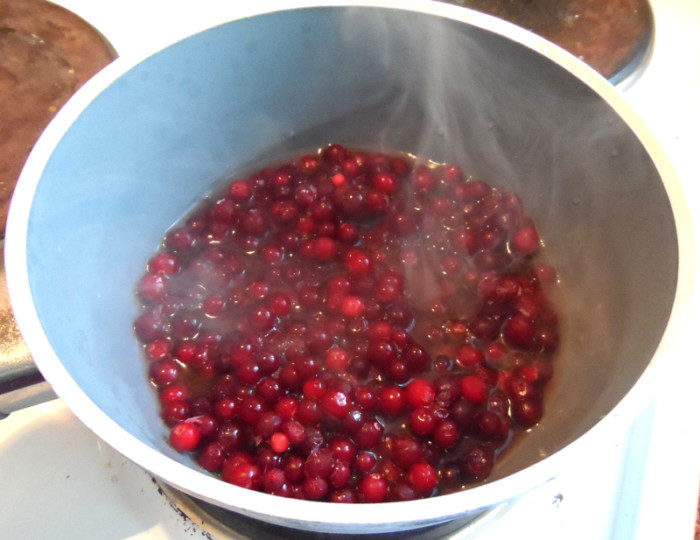
Turn on the heat under the pan and cook the berries for 7-10 minutes. During this time, most of the berries will burst and more juice will appear, which must be strained through a sieve and squeezed thoroughly.
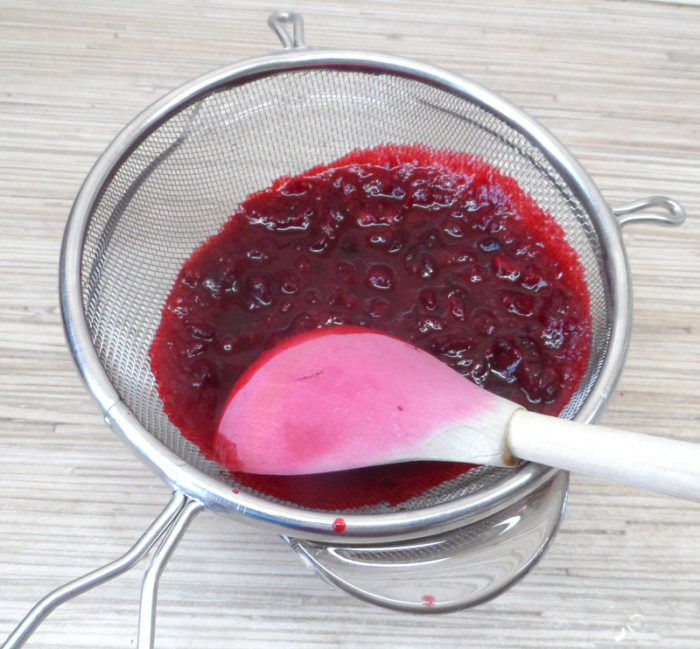
Add sugar to the lingonberry juice and place the pan back on the stove over very low heat. Do not let the lingonberry juice boil too much, and periodically skim off the foam. The juice should be boiled to 2/3 of the original volume. Make sure that the juice does not burn, and it is better to place the pan on the divider.
Check the readiness of the jelly.Place a drop of lingonberry juice on a chilled plate and tilt it. If the drop does not flow, but immediately freezes, then the jelly is ready. If, despite the fact that the juice has boiled down, the drop does not harden, add a little gelatin.
For 1 liter of juice, 40 grams of edible, instant gelatin is enough. Dissolve the gelatin in a separate container with lingonberry juice until completely dissolved, and mix with the rest of the juice.
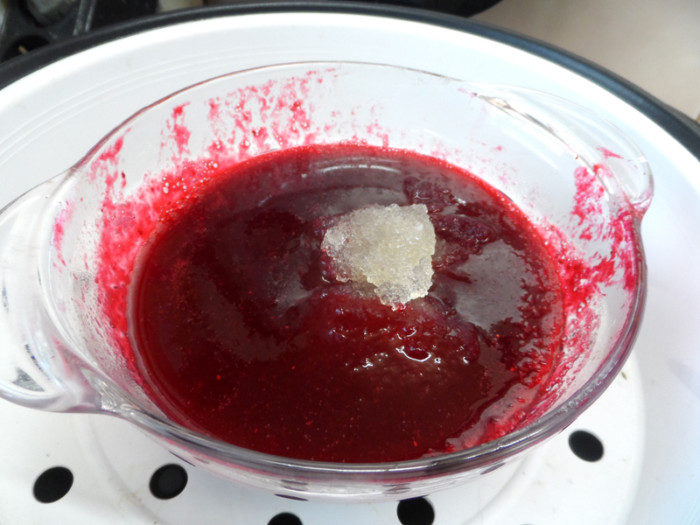
Immediately remove the pan from the heat. Under no circumstances should juice be boiled if gelatin or agar-agar has already been added to it. To diversify the taste, you can add the same additives to lingonberry jelly as in the case of lingonberry syrup.
Pour the still liquid lingonberry juice into clean, dry jars and seal. Don't worry about too much fluidity; the lingonberry jelly will harden as it cools.

This jelly is stored very well, and the kitchen cabinet is a very suitable place for it.
Watch the video on how to make lingonberry jelly for the winter:




